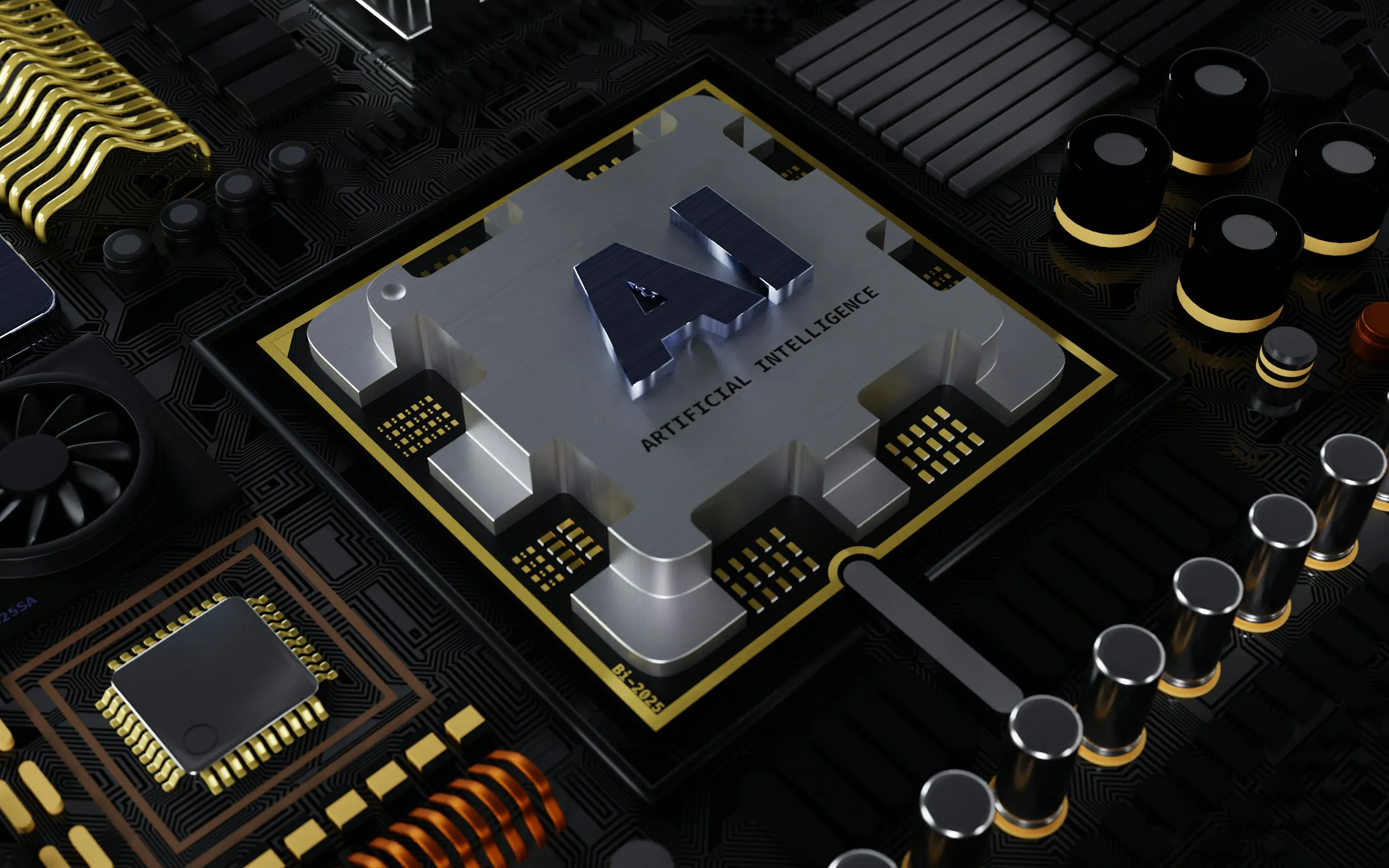Artificial Intelligence (AI) is not only transforming how we use technology — it’s reshaping the very silicon brains that power it. From smarter processor design to faster and more efficient performance, AI is driving a new era in chip innovation. Here’s how AI is fundamentally changing the way processors are created and how they operate.
AI-Driven Processor Architecture
Traditionally, processor architecture has relied on painstaking human design and years of iteration. Now, AI algorithms can analyze vast datasets and simulate architectural configurations in a fraction of the time. This means more optimal designs that are faster, more energy-efficient, and tailored for specific tasks.
Accelerated Chip Design Cycles
AI has significantly shortened the chip design process. Machine learning models assist in automating layout generation, error detection, and thermal mapping. This reduces human error and speeds up time-to-market — a critical advantage in the fast-moving tech world.
Optimization for Real-Time Workloads
Modern processors are often required to manage real-time workloads, such as streaming data or autonomous navigation. AI allows chips to adapt dynamically by predicting workload demands and adjusting performance accordingly. This leads to smoother user experiences and better energy management.
Enhanced Performance with AI Co-Design
One of the most impactful shifts is co-design, where AI helps design processors that are, in turn, optimized to run AI models. This recursive innovation loop leads to processors that excel at:
- Neural network processing
- Real-time inference tasks
- Edge computing
- Computer vision applications
- Natural language processing
- Predictive analytics
By tailoring chips to these high-demand tasks, performance gains can be enormous. And because these chips are designed with machine learning feedback, they continually evolve for even better results.
AI for Predictive Maintenance and Efficiency
AI doesn’t stop at design — it also monitors processors post-deployment. Through real-time telemetry, AI can predict when a chip is likely to overheat or fail, enabling preventative action. This not only boosts reliability but also helps extend the lifespan of hardware. Additionally, it allows systems to self-optimize by rerouting workloads to cooler or less-stressed processor cores.
Transforming Custom Silicon Development
In recent years, tech giants have embraced AI to develop custom silicon tailored for their unique needs. From Google’s Tensor Processing Units (TPUs) to Apple’s Neural Engine, AI has made it easier to prototype, test, and perfect these proprietary designs.
Custom silicon offers companies greater control, better performance-per-watt, and tighter integration across software and hardware. And with AI guiding the entire process, innovation cycles are faster, smarter, and more efficient than ever.
Conclusion: The AI-Silicon Synergy Has Just Begun
AI and processor design are now inseparable. This powerful synergy is delivering chips that are not only faster and smarter but also capable of learning and evolving. As AI continues to advance, the processors of tomorrow will be shaped not by blueprints alone, but by algorithms that understand performance at a level human engineers never could. The future of computing isn’t just faster — it’s intelligent.

Leave a Reply